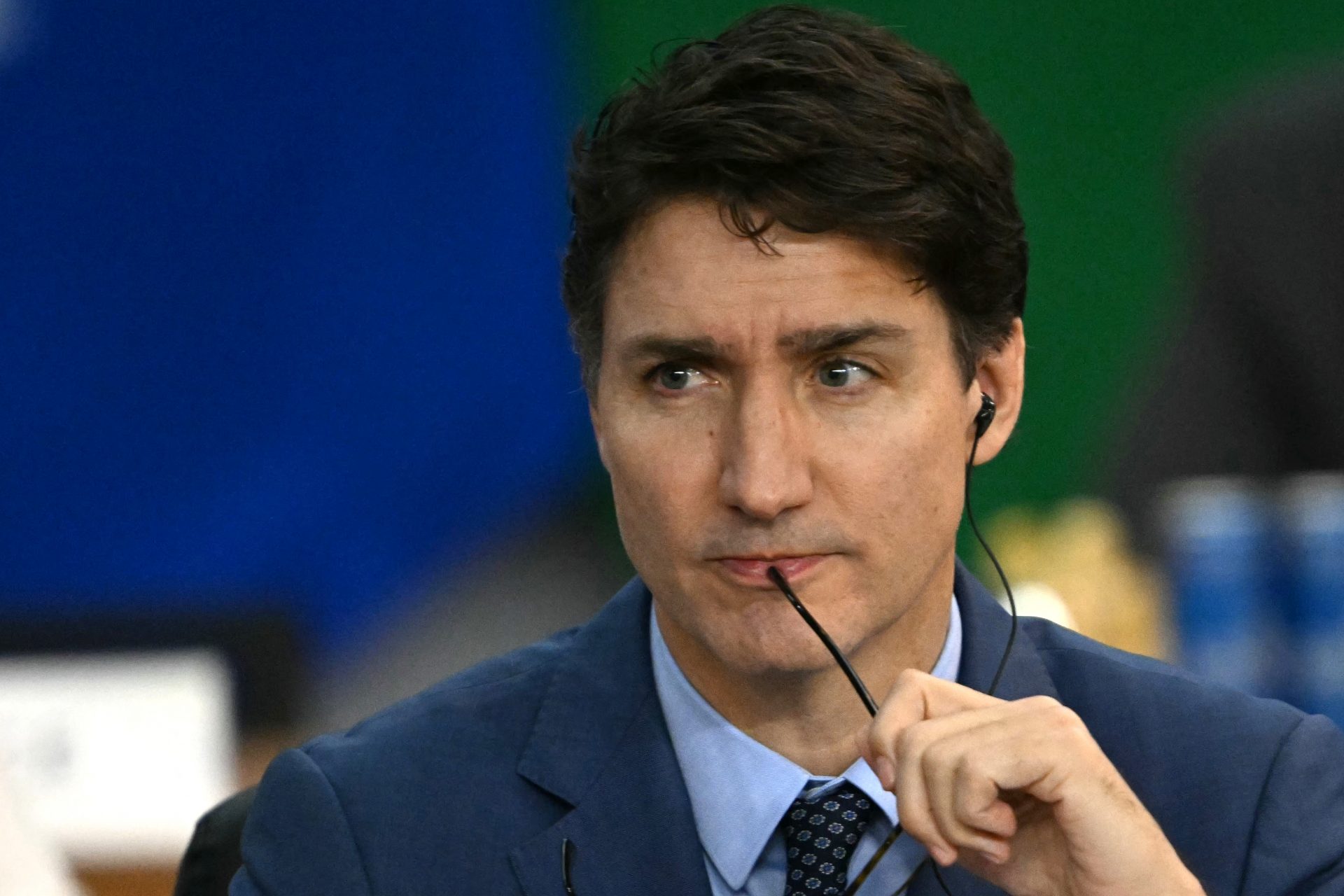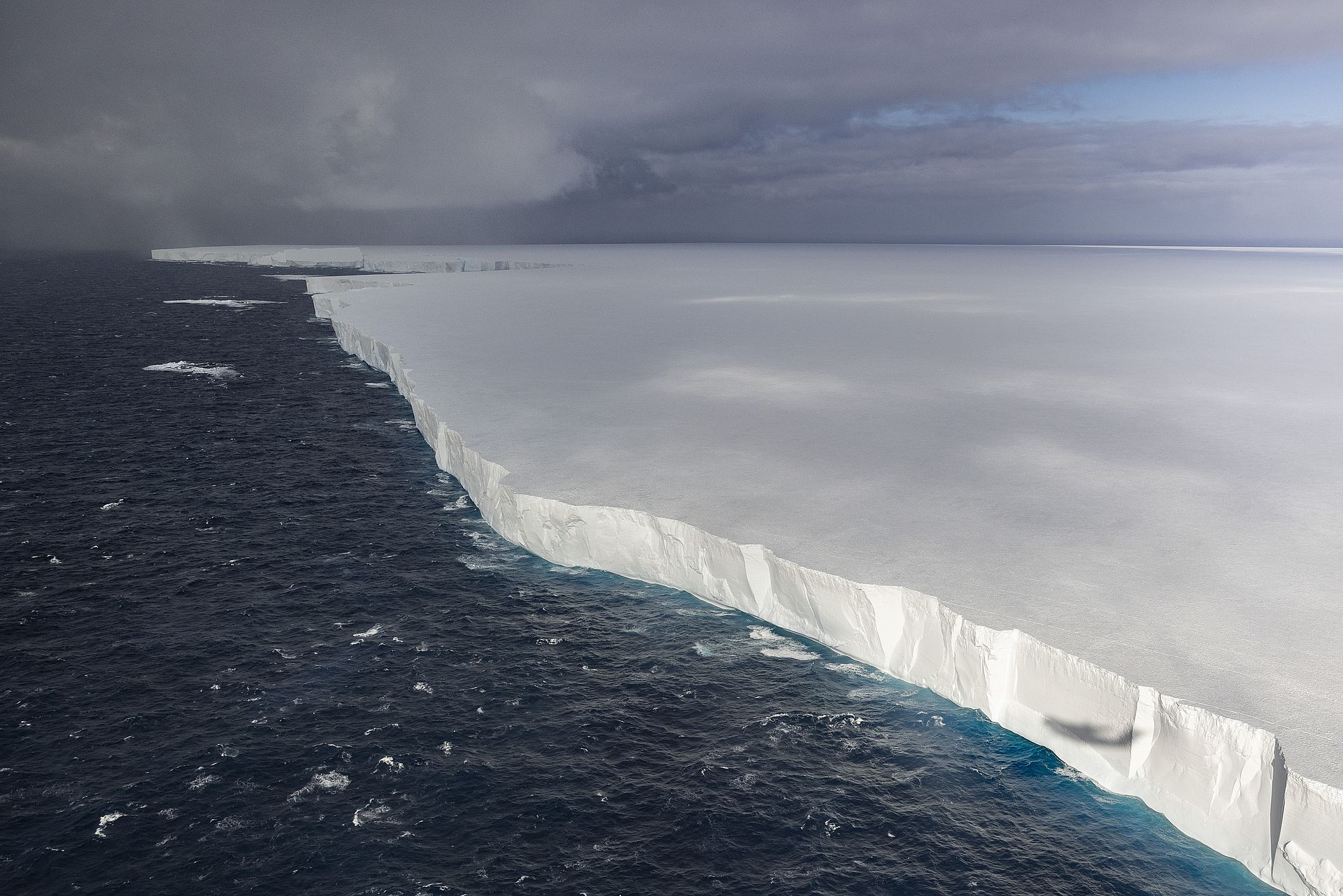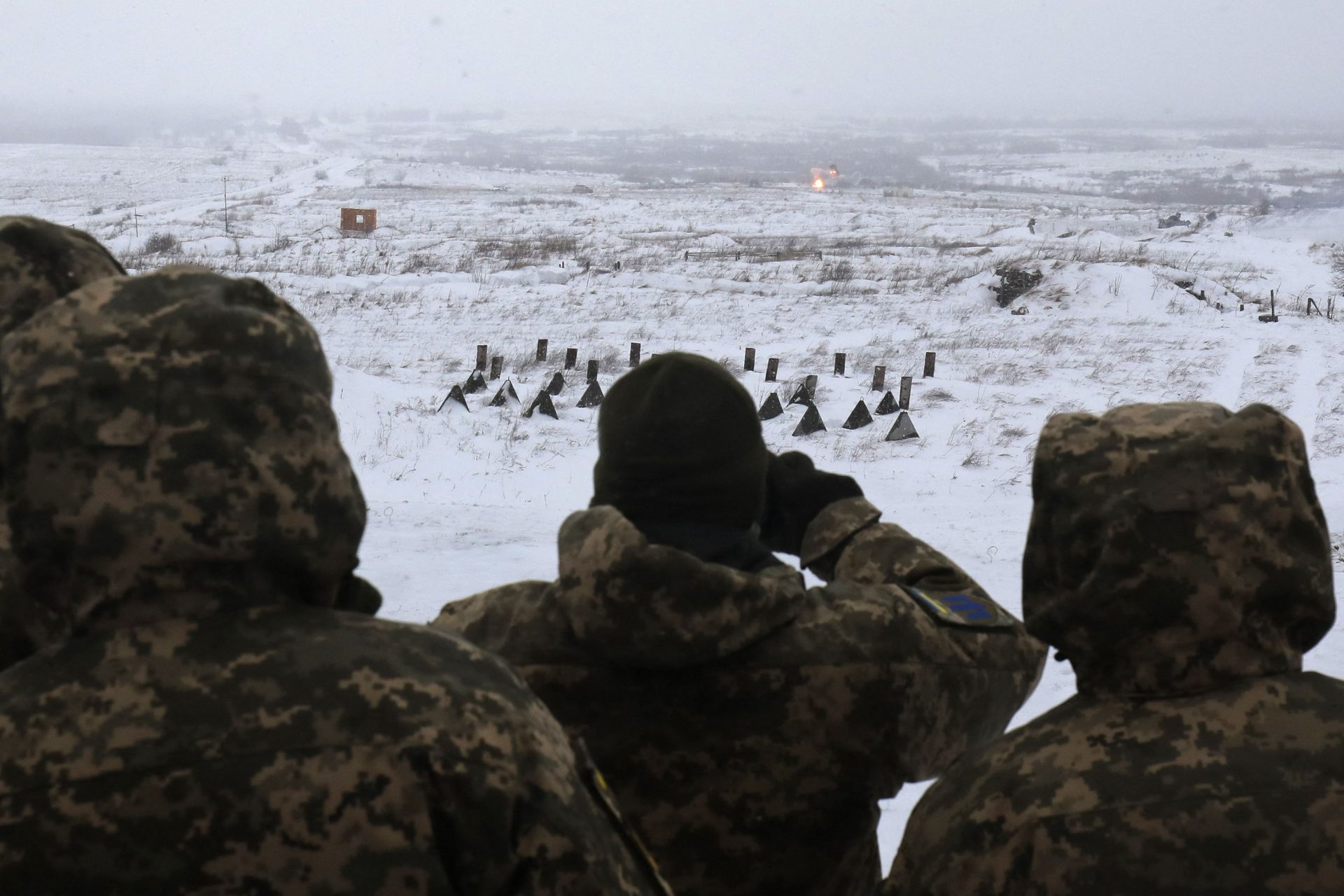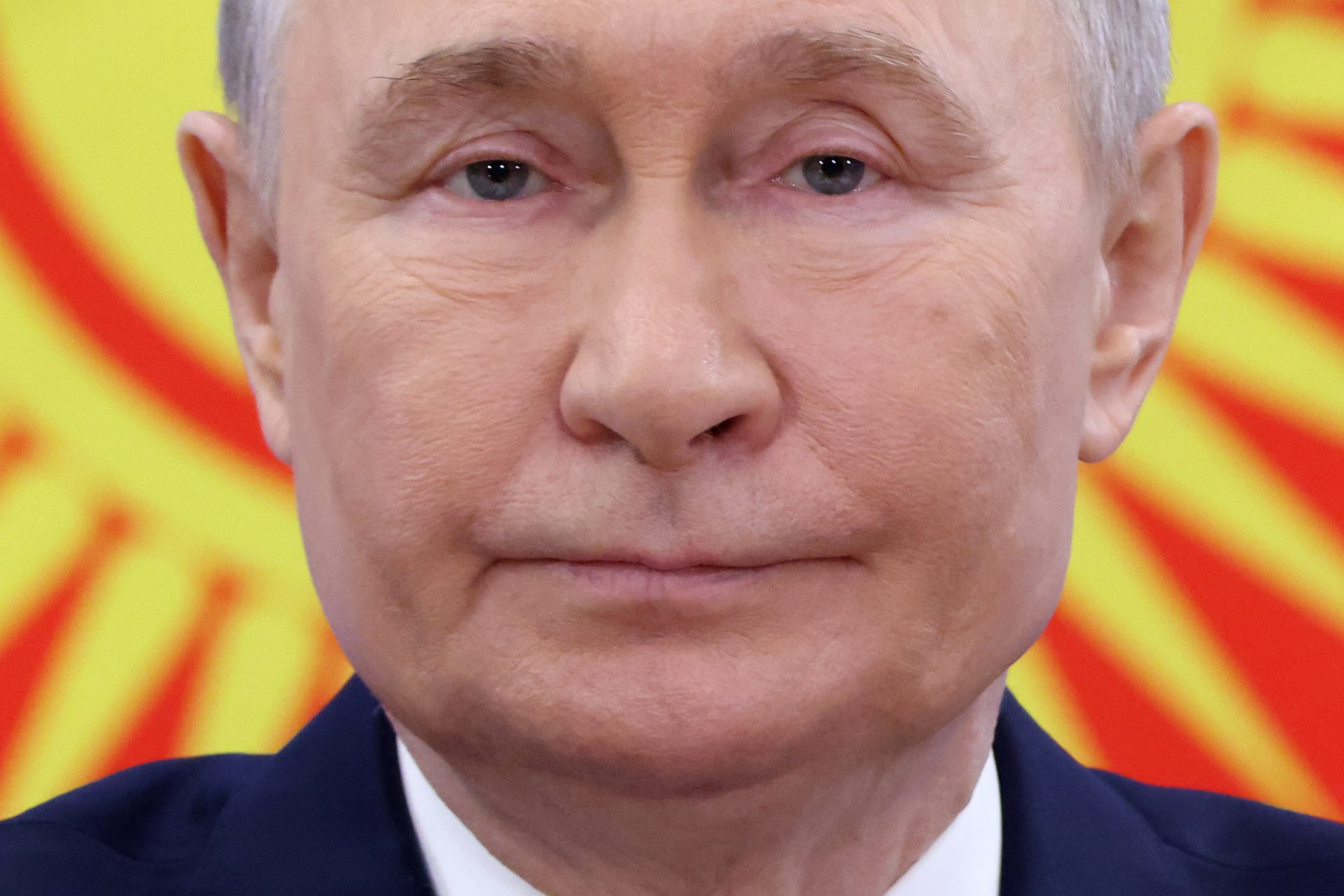Russia says Black Sea drone 'confirms' the direct implication of US in the war
On March 14, a US drone fell in the Black Sea after encountering two Russian jets. The incident increased tension between America and Russia due to the war in Ukraine.
According to a statement by General James B. Hecker, a senior military official supervising operations in the region, the drone was "conducting routine operations in international airspace."
According to the US Military, the Air Force personnel brought down the drone after a Russian fighter jet dumped fuel and collided with it, damaging its propeller.
Early on March 16, the US military released the footage of the interaction between the drone and two Russian Sukhoi SU-27 fighter jets. The video shows critical moments of the encounter that the Pentagon said lasted around 40 minutes. Despite that, the images last only a few seconds.
Image: U.S. European Command
The camera shows a Russian jet dumping fuel as it approaches the drone. Then, in a similar interaction, the footage gets interrupted as the Russian aircraft collides with the drone. When the camera returns, it shows the damaged propeller.
Image: Twitter / U.S. European Command @US_EUCOM
Russia denied that the fighter jets came into contact with the drone. Their Defense Ministry said the Russian pilots saw the drone flying erratically before crashing into the sea.
The US European Command, in charge of operations in the area, said in a press release that the incident is only part of a "pattern of dangerous actions by Russian pilots while interacting with US and Allied aircraft" in the area.
Both countries are pursuing retrieval missions to collect what is left of the drone from the Black Sea.
General Mark Milley, America's top military general, said the aircraft could be between 4,000 and 5,000 feet deep. An anonymous source told The Washington Post that it is approximately 56 nautical miles southwest of Crimea's southern tip.
"I'm not sure we are going to be able to recover it," National Security Council communications coordinator John Kirby told CNN. "We're still assessing whether there can be a recovery effort. There may not be," he added.
Meanwhile, on the morning of March 15, Kremlin Security Council Secretary Nikolai Patrushev confirmed, on state television, that Russia is also trying to recover the drone remains.
The drone was an MQ-9 Reaper, used primarily to collect intelligence, surveil and conduct precision strikes. That is why there is concern about the information it can contain.
General Mark A. Milley, chairman of the Joint Chiefs of Staff, said in a news conference that he was confident that no critical information remained in the drone. Before downing it, operators wiped its electronics, he explained.
However, the threat remains: the wiping process is not "foolproof," Kirby said. Another concern is the possible escalation in the conflict between the US and Russia over the war.
Despite financing and arming Ukraine, the US government has been cautious not to engage directly. Still, Russian security council secretary Nikolai Patrushev said on state tv that the drone's presence "confirmed" America's direct participation.
Similarly, the Russian ambassador to the US, Anatoly Antonov, said that the Kremlin saw the drone flight as a "provocation." In contrast, the US European Command said that "this incident demonstrates a lack of competence" and unprofessionalism.
Despite the tension, Antonov said his meeting with Assistant Secretary of State for European and Eurasian Affairs Karen Donfried was "constructive." Similarly, Defense Secretary Lloyd Austin said he spoke with Russian Defense Minister Sergei Shoigu.
Austin also warned that the US Military would "continue to fly and operate" aircraft and drones wherever international law allows.
More for you
Top Stories































